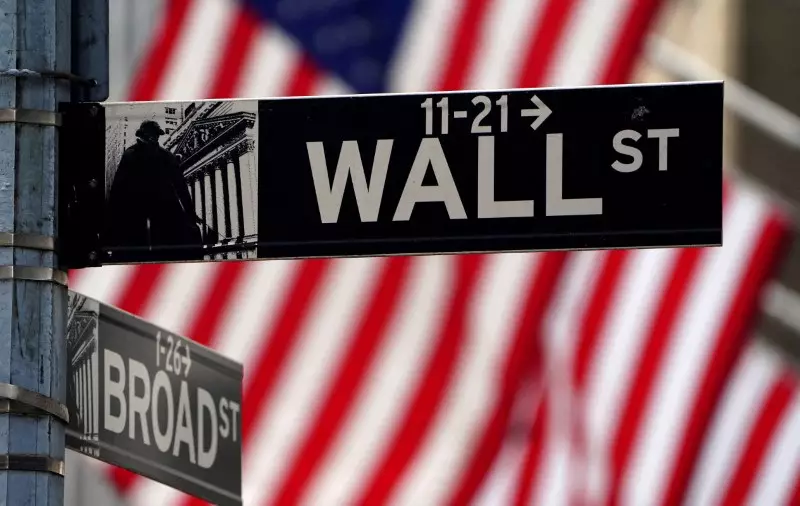As we step into the early days of 2025, the financial environment is being shaped by key central bank meetings, significant corporate earnings reports, and the implications of U.S. trade policies. This interplay of factors not only threatens to influence market movements but also raises questions about the broader economic outlook. In this analysis, we will delve into the roles of the U.S. Federal Reserve, the European Central Bank, and the Bank of Canada, while also considering the impact of economic indicators and corporate performances from some of the most influential companies in the technology sector.
The U.S. Federal Reserve is at a pivotal moment, holding its first meeting of the year shortly after a new presidential administration has taken office. The Fed is expected to maintain a cautious approach, potentially pausing its previously aggressive easing cycle. Last year’s cumulative rate cuts totaled 100 basis points, and current speculation revolves around whether further reductions will be made throughout 2025.
Investors are intensely focused on the Fed’s communications regarding future rate cuts, especially following December’s announcements that startled market participants by projecting less aggressive monetary easing amid rising inflationary pressures. This backdrop of slowing inflation and a promising jobs report alleviated some concerns but invoked a new wave of questions about the Fed’s responsiveness to changing economic conditions. As corporate giants like Apple, Tesla, and Microsoft prepare to announce their earnings results, the Federal Reserve’s deliberations will serve as a critical context for interpreting these outcomes and future market trajectories.
Simultaneously, the European Central Bank (ECB) is expected to announce yet another reduction in interest rates. With the eurozone grappling with sluggish economic performance and looming trade tariffs from the U.S., a proactive stance may be necessary. The ECB, under the leadership of Christine Lagarde, is increasingly likely to convey that further rate cuts will follow in response to external pressures, particularly from tariff threats against EU goods.
Markets oscillate with trade uncertainties as U.S. President Donald Trump’s administration flirts with the idea of new tariffs on key trading partners, including Canada, Mexico, and China. This decision, alongside the ECB’s potential pivot towards lower rates, emphasizes the interconnectedness of global economies. Traders will be keenly observing how the ECB’s policies and U.S. trade dynamics will influence eurozone inflation and the overall economic health of the region.
As we look toward February, critical deadlines approach regarding potential new tariff implementations. The stakes are particularly high for the United States’ primary trade partners, especially with the current U.S. administration hinting at aggressive tariffs on Canadian and Mexican goods, which could severely disrupt traditional trade practices. Notably, the incremental approach to tariffs — where the levies on China are set lower than anticipated — raises questions about the strategic direction of the White House’s economic diplomacy.
Whether driven by a desire to negotiate or a slow, methodical strategy of engagement, the outcomes from these tariff discussions could reverberate across stock markets, commodity prices, and currency stability. China’s quickened pace of policy response, including potentially injecting considerable capital into its stock market, demonstrates the urgency felt by major economies to mitigate negative fallout from protracted trade discussions.
Despite the firing up of political rhetoric, market volatility appears to have subsided following President Trump’s inauguration. The initial jitters triggered by uncertainty surrounding trade policies have given way to a calmer atmosphere, albeit temporarily. Investment strategies are being recalibrated to account for increased political unpredictability, suggesting that while the market exudes a sense of stability, investors must remain alert for abrupt shifts.
The early signs of efficiency in Europe’s earnings season indicate a marginally positive trend, despite geopolitics clouding the economic landscape. It remains crucial to monitor how major corporations respond to these external pressures and how they navigate the complexities of an evolving global market. Key earnings reports from luxury brands and technology firms promise insights into organizational resilience and market adaptation.
The intersection of central bank decisions, trade negotiations, and corporate performance will define the cadence of financial markets in the weeks ahead. Investors must brace themselves for the unpredictable outcomes tied to policy decisions and earnings announcements. As central banks evaluate their strategies, the influence of President Trump and the U.S. administration’s approach to tariffs will undoubtedly weigh heavily on the future trajectory of both domestic and global economic stability. As we embark on this crucial week, all eyes will be on the markets as they respond to the winds of change.

